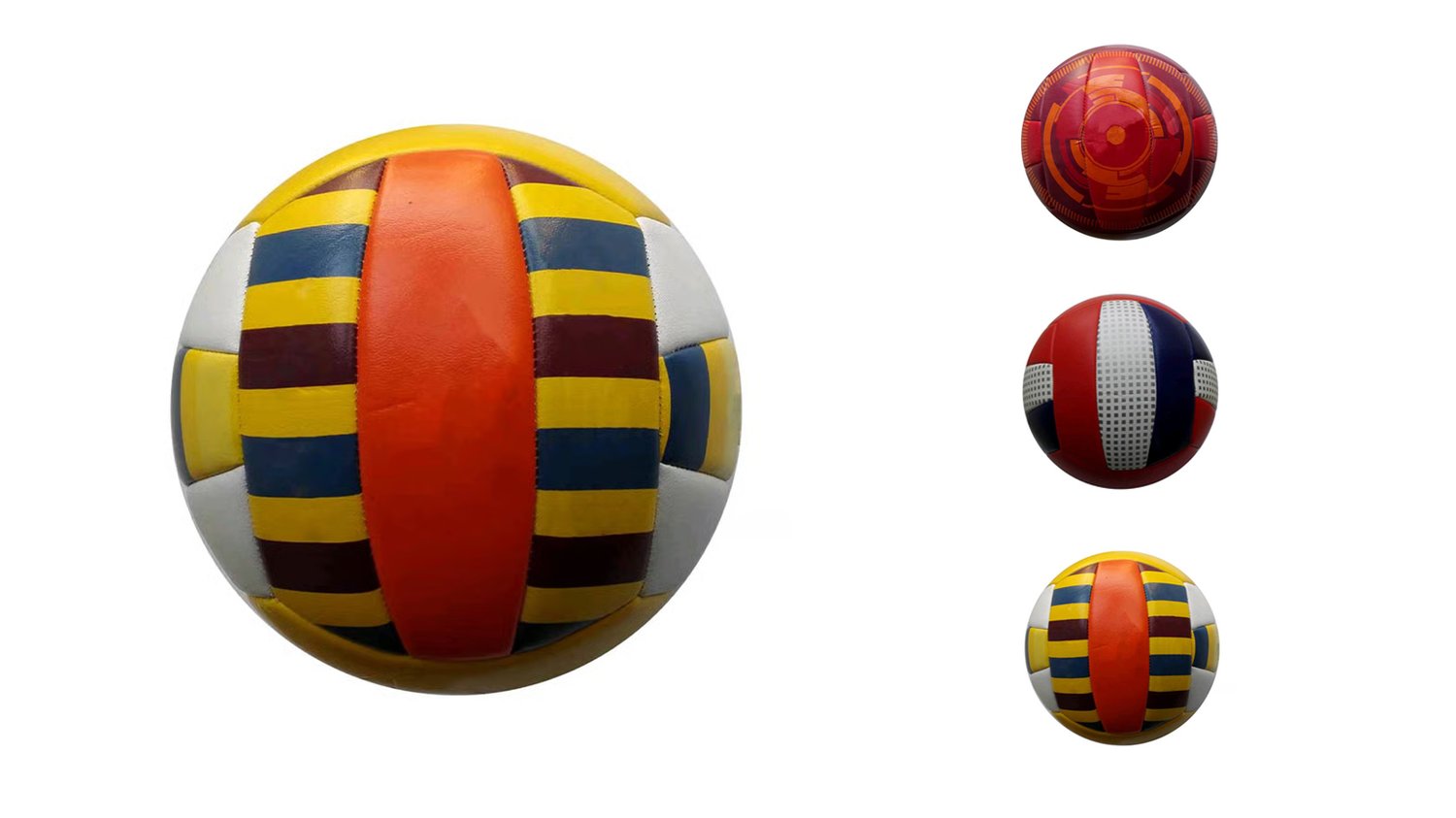Indoor volleyball originated in the late 19th century when William G. Morgan created the sport as an indoor alternative to basketball. It quickly gained popularity and evolved into the fast-paced and competitive game we know today.
Rules of Indoor Volleyball
Indoor volleyball is played with two teams of six players on each side. The objective is to score points by sending the ball over the net and into the opposing team's court. Players can use any part of their body to hit the ball, but they are not allowed to catch or carry it.
Skills and Techniques
To excel at indoor volleyball, players must master a variety of skills, including serving, passing, setting, attacking, and blocking. Proper technique is crucial for success in each of these areas, and players must also have strong communication and teamwork skills.
Equipment Needed for Indoor Volleyball
The equipment required for indoor volleyball includes a volleyball, knee pads, comfortable athletic attire, and non-marking shoes. A regulation volleyball court is also necessary, complete with boundary lines and a net that is set at a specific height.
Benefits of Playing Indoor Volleyball
Playing indoor volleyball offers numerous physical and mental benefits. It helps improve cardiovascular health, coordination, agility, and strength. Additionally, the competitive nature of the sport can build confidence, teamwork, and leadership skills.
Indoor Volleyball Leagues and Tournaments
There are a variety of indoor volleyball leagues and tournaments held at the recreational, club, collegiate, and professional levels. These events provide opportunities for players of all skill levels to compete, learn, and grow in the sport.
Common Injuries in Indoor Volleyball
While indoor volleyball is generally considered a safe sport, there is still a risk of injury. Common injuries include sprained ankles, knee injuries, shoulder pain, and muscle strains. Proper conditioning, stretching, and warm-up routines can help prevent these injuries.
Training Tips for Indoor Volleyball Players
To improve performance and reduce the risk of injury, indoor volleyball players should focus on strength training, agility drills, and cardiovascular conditioning. It is also important to work on skills such as serving, passing, and hitting through regular practice and drills.
Indoor Volleyball Strategy and Tactics
Successful indoor volleyball teams often employ strategic tactics such as rotations, formations, and plays to outsmart their opponents. Coaches play a key role in developing and implementing these strategies to maximize their team's chances of winning.
Conclusion
Indoor volleyball is a dynamic and exhilarating sport that requires skill, teamwork, and strategy. Whether you are a beginner or a seasoned player, there is always room for growth and improvement in this fast-paced game.
Quote Inquiry
contact us

